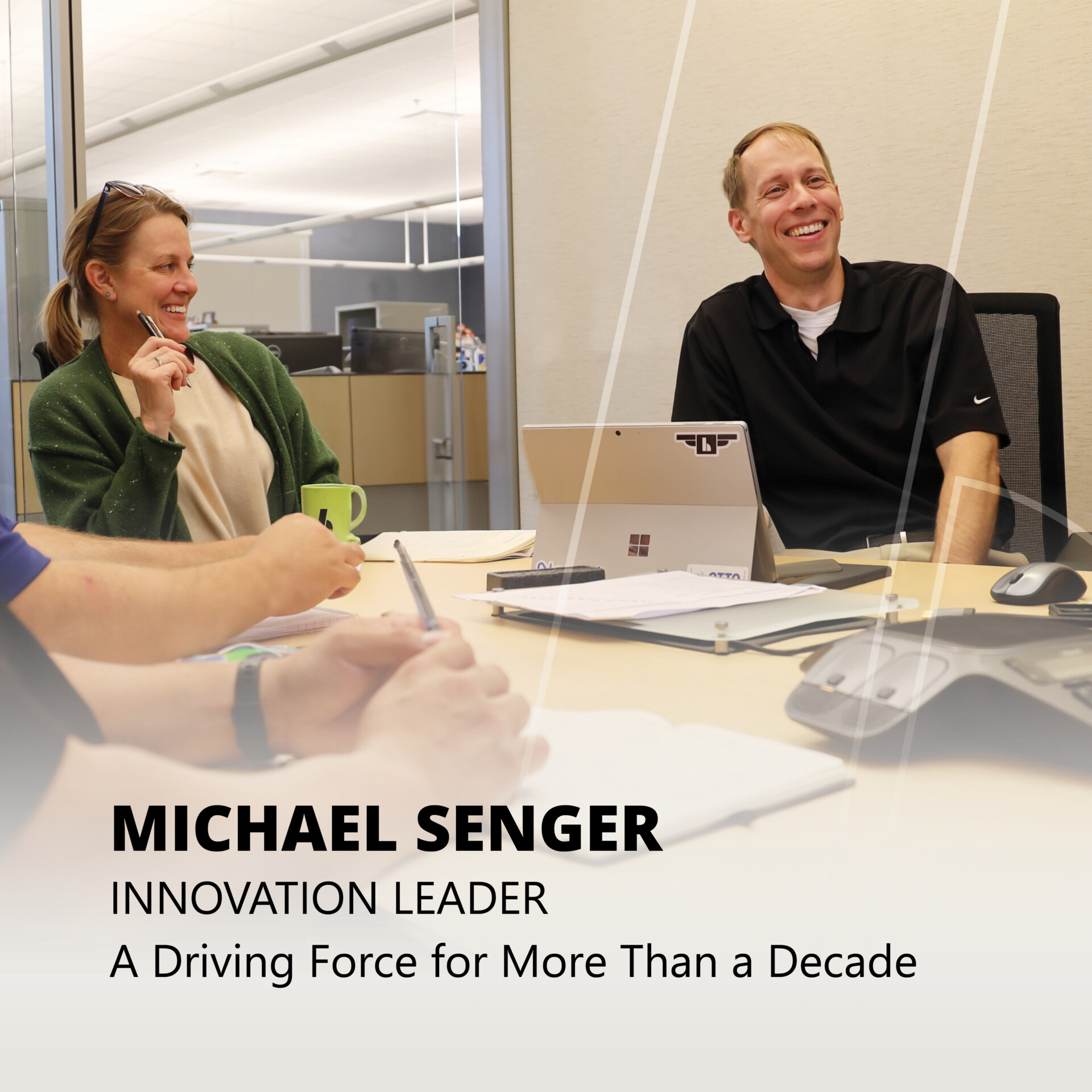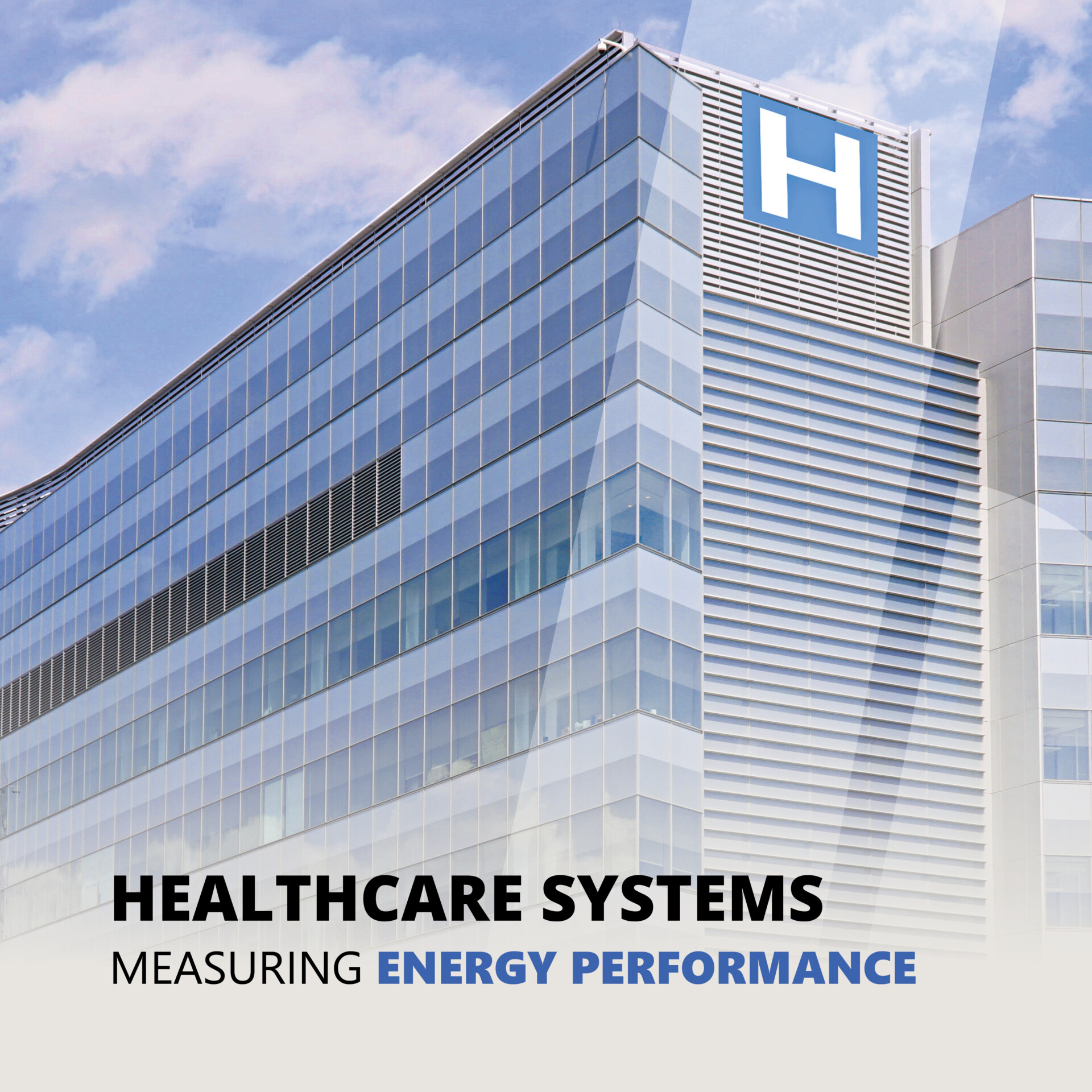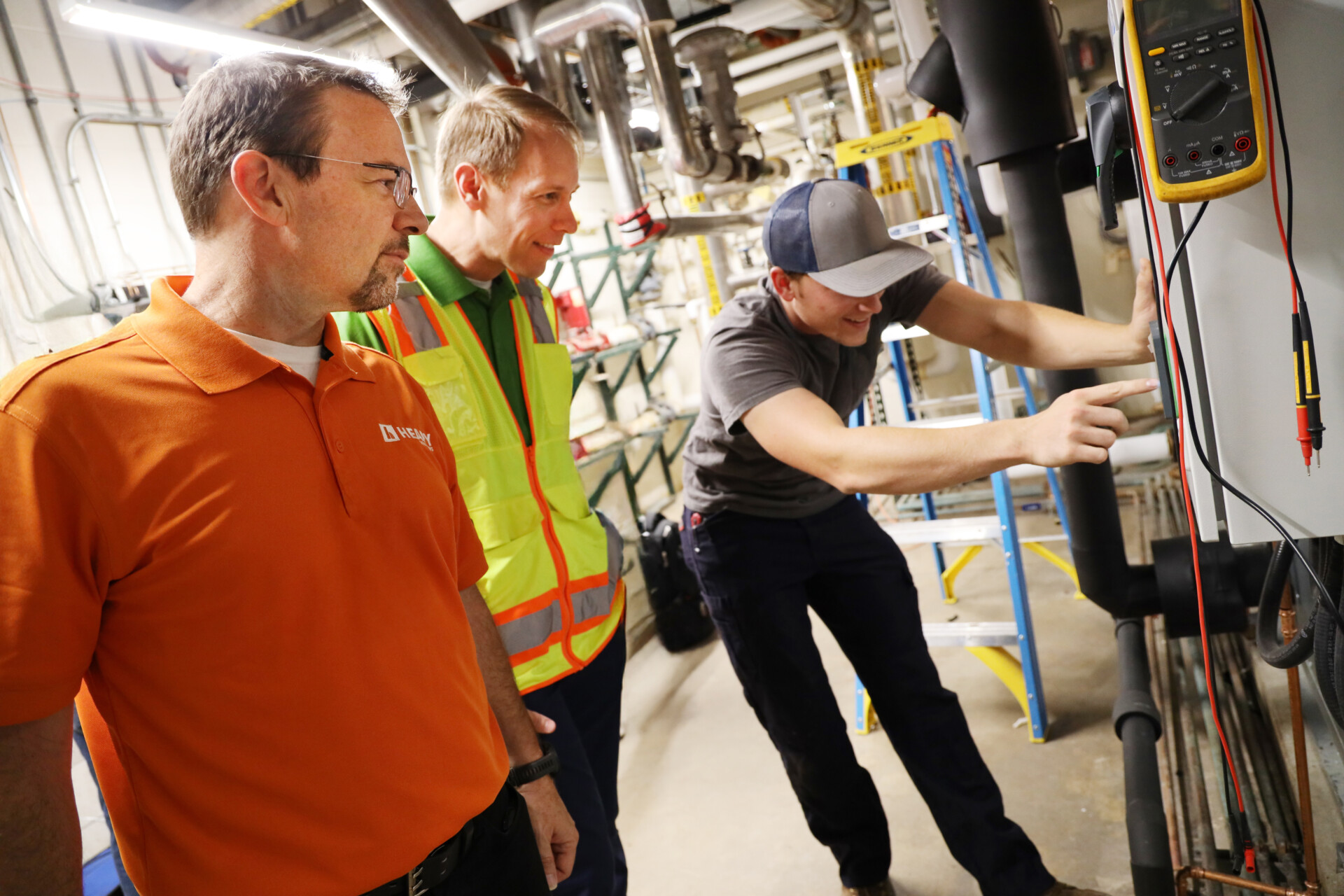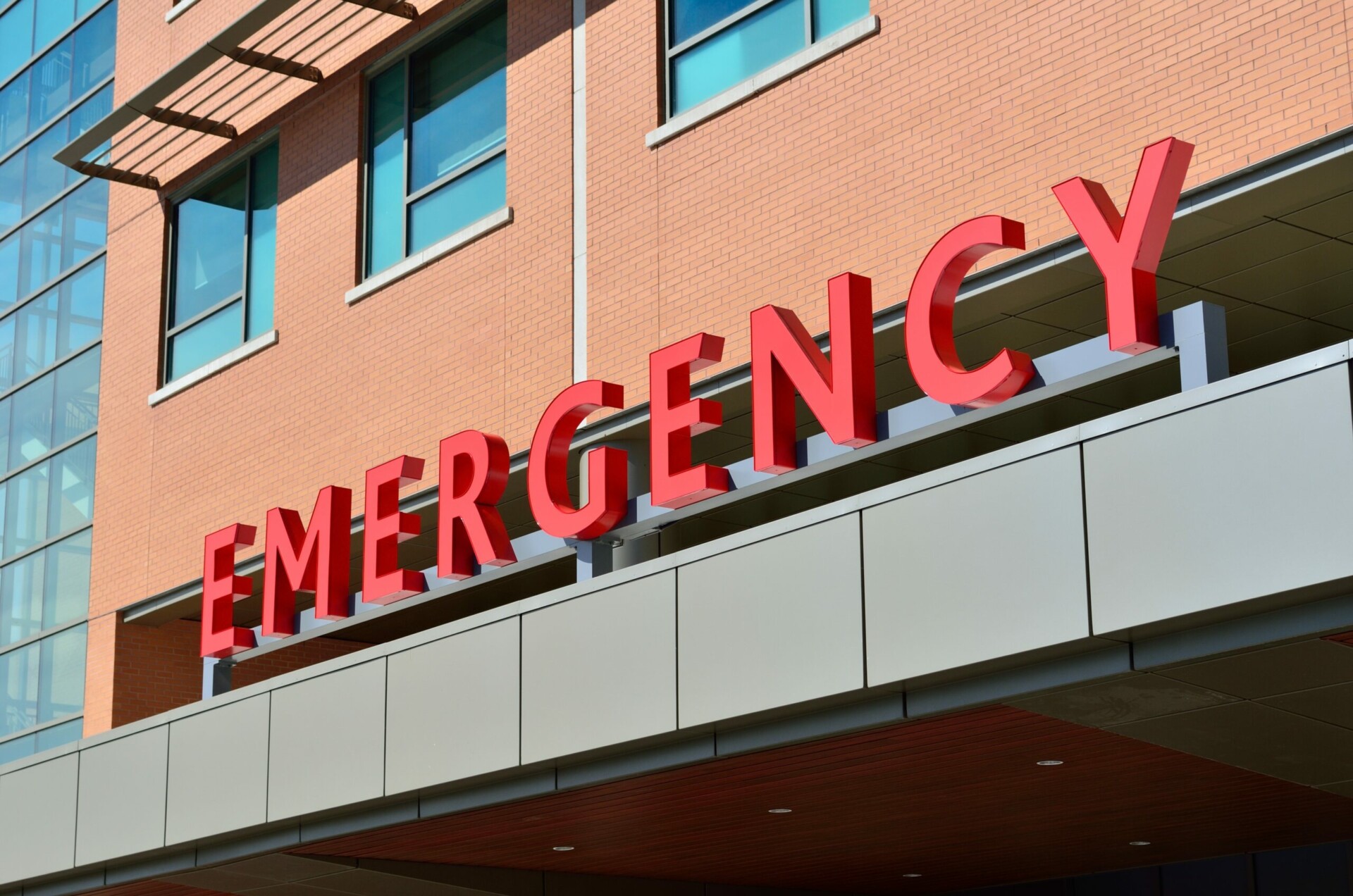
The Centers for Medicare & Medicaid Services (CMS) has recently issued a categorical waiver for healthcare microgrid systems, which opens the door for healthcare systems to leverage federal funding for renewable clean energy technology while meeting requirements for emergency power generation, rather than relying solely on fossil fuel-powered generators.
This is a critical step towards decarbonizing healthcare facilities – allowing healthcare organizations to build resilient backup power systems that support patient health and safety while decreasing greenhouse gas emissions.
This waiver also removes barriers to tapping into Federal funding opportunities, making it possible for healthcare organizations to take full advantage of the Inflation Reduction Act to fund infrastructure investments that reduce carbon emissions.
HOW HOSPITALS CAN LEVERAGE FEDERAL FUNDING
The Inflation Reduction Act of 2022 provides funding streams for both taxable and non-profit healthcare systems to finance renewable energy, energy efficiency, and electrification projects that can help achieve net zero or carbon reduction goals.
In fact, many healthcare systems could qualify for incentives of up to 60% to help cover the cost of microgrids and renewable energy technology such as solar and geothermal.
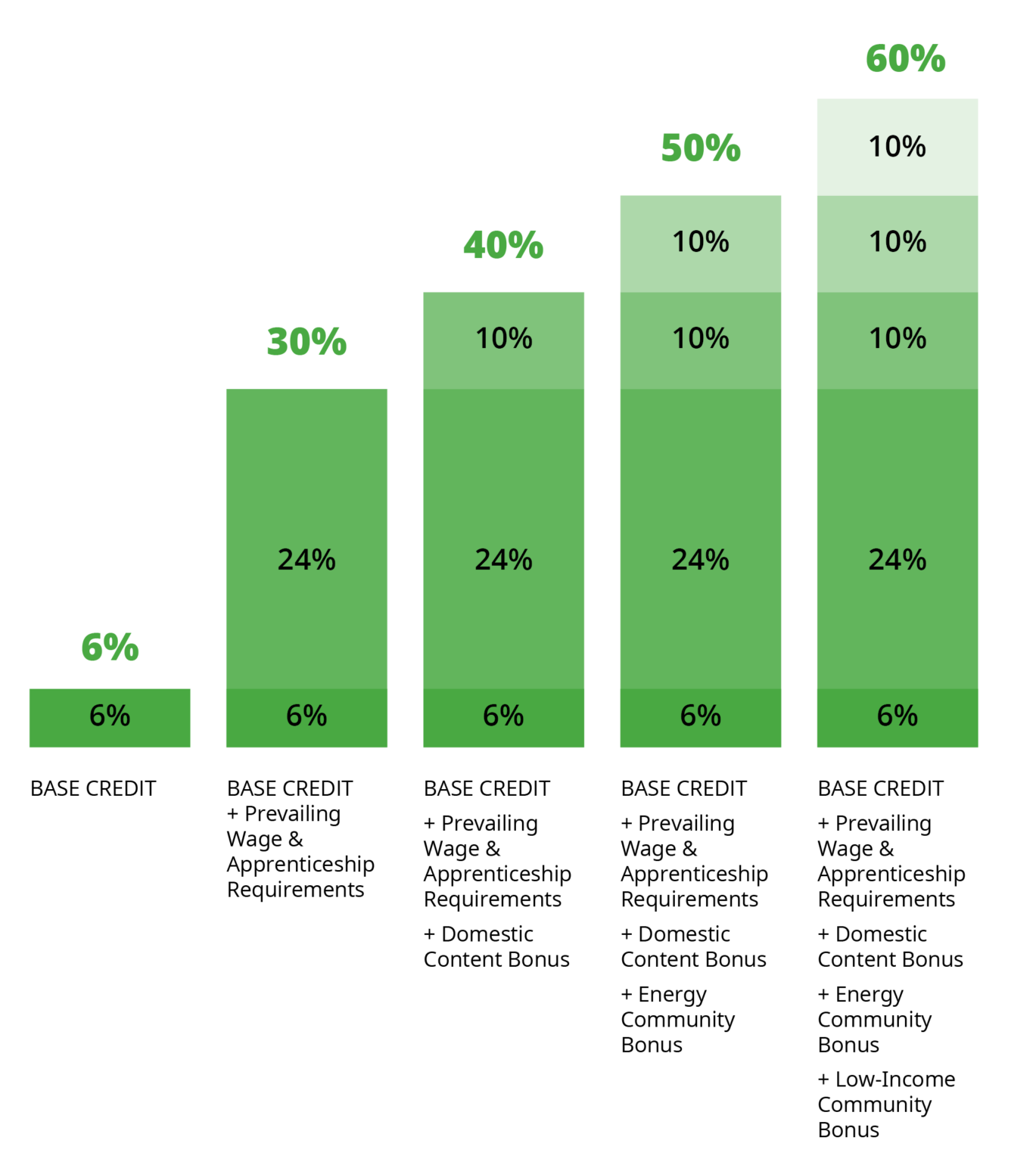
For renewable energy projects, microgrids, and energy storage projects, the Federal Government has increased the investment tax credit (ITC) to 30% of the system’s first cost. Non-profit hospitals are now eligible for this credit through the direct pay provision.
The Inflation Reduction Act also offers bonus incentives for meeting additional requirements, including:
- Domestic Content Bonus: 10% bonus incentive when 100% of steel or iron components and 40% of manufactured product components are produced in the U.S.
- Energy Community Bonus: 10% bonus incentive for projects located in communities such as brownfield sites, fossil fuel industry employment areas, or coal communities.
- Low-Income Community Bonus: 10% bonus incentive for projects located in low-income communities as defined by the New Markets Tax Credit.
Requirements for prevailing wage and apprenticeship programs must be met for projects to qualify for the full incentive.
MICROGRIDS VS. GENERATORS
Many hospitals rely solely on redundant power feeds and standby generators to maintain operations during natural or manmade disasters. This approach, known as the high reliability approach, relies excessively on fossil fuels and will not help healthcare organizations transition to a greener and more sustainable future.
While this approach may have been practical and even code driven in the past, the recent CMS waiver and Inflation Reduction Act funding incentives have made alternatives such as microgrids and renewable energy sources more financially and regulatory viable than ever for hospitals.
Microgrids are small, independently controlled energy supply systems that are often run using renewable energy sources such as solar, wind, or geothermal. A microgrid can tie into the larger utility grid and provide power to operate critical facilities during a disaster. Unlike a standby generator, microgrids runs continuously and can be designed with storage capacity (batteries) to provide an added safeguard against lengthy outages.
Microgrids serve as an alternative to generators for several reasons:
- Enhanced Resilience: Microgrids provide increased resilience compared to traditional generator-based backup systems. Microgrid systems help reduce risk by diversifying power sources. They can be designed to harness wind, solar, and geothermal power, as well as tie into natural gas turbines and even generators. Coupled with energy storage capabilities, this diversity of sources ensures a more reliable and continuous power supply to maintain operations and avoid costly power disruptions.
- Lower Emissions: Generators often run on fossil fuels, such as diesel, propane, or gasoline, which contribute to greenhouse gas emissions and air pollution. In contrast, microgrids can incorporate cleaner energy sources, such as solar panels or geothermal systems, leading to significantly reduced carbon emissions and environmental impact.
- Cost-effectiveness: Microgrids offer long-term cost advantages over generators. While generators require ongoing fuel supply, microgrids can leverage renewable energy sources, reducing or even eliminating fuel costs. Additionally, microgrids enable better energy management, optimizing consumption patterns and potentially lowering overall energy costs.
- Integration with Grid: Unlike generators that operate in isolation, microgrids can be connected to the main power grid. This connection enables two-way energy flow, allowing microgrids to not only draw power from the grid but also inject excess energy generated back into the grid. This integration promotes grid stability and facilitates the utilization of renewable energy sources.
- Flexibility and Scalability: Microgrids offer greater flexibility and scalability compared to generators. They can be customized to meet specific energy needs and can easily accommodate future expansion or changes in energy demand. Additionally, microgrids can be designed to operate in either grid-connected or islanded (standalone) modes, providing versatility in various situations and locations.
For healthcare organizations interested reducing their carbon impact, microgrids present a sustainable and efficient alternative to generators, offering improved resilience, reduced emissions, cost-effectiveness, grid integration, and adaptability to changing energy requirements.
THE IMPORTANCE OF LIFE-CYCLE COST ANALYSIS
When it comes to deciding how to invest millions of dollars in healthcare facility infrastructure, the importance of a comprehensive life-cycle cost analysis cannot be understated.
A central utility plant, a new building, or a solar installation… These are all investments that will last for decades, and poor decision making now can lead to increased costs and wasted resources down the road.
Evaluating and comparing different options such as generators, geothermal systems, and solar PV installations requires careful consideration of:
- first cost,
- ease of maintenance and cost to maintain the system,
- energy efficiency,
- reliability,
- potential grants and tax incentives,
- return on investment,
- and alignment with mission and values.
Taking all these factors into account is critical to making the right decision – one that won’t cause headaches later.
This issue is even more complex when dealing with large healthcare systems that manage large real estate portfolios, which often necessitates planning multiple projects and investments simultaneously. In this case, a key concern is the sequencing of projects to ensure that each project considers current state, desired future state, and how it will impact the health system. Getting projects “out of order” can have serious negative consequences and require costly rework to fix.
HEAPY uses a comprehensive approach to help healthcare clients assess their real estate portfolio and building system infrastructure. This ensures that projects are comprehensively evaluated, sequenced appropriately, aligned with client values, and provide an appropriate return on investment.
WHY THIS MATTERS
Adoption of clean, green energy has become a critical priority for the healthcare industry, primarily due to healthcare systems’ dedication to health and healing. For example, Providence health system, which includes more than 50 hospitals and 800 nonacute care facilities, has committed to being carbon negative by 2030.
Clean energy microgrid technology offers benefits to community well-being and the environment, while also providing financial returns through reduced energy usage and increased system resiliency in the face of disaster.
The Inflation Reduction Act helps make renewable energy and microgrids much more affordable. There has never been a better time to evaluate options such as solar, geothermal, or microgrids for healthcare systems.
As a company invested in building a sustainable, well, and more resilient society, HEAPY will help you navigate and take advantage of cost-saving policy measures that will allow you to tackle energy efficiency, decarbonization, electrification, and renewable energy projects at your organization.
Reach out today if your organization is interested in taking advantage of these critical funding opportunities and planning for a more sustainable and resilient future.
 |
| Daric Hess, PE, LEED AP BD+C Healthcare Practice Director, Senior Principal 937-609-9910 drhess@heapy.com |
